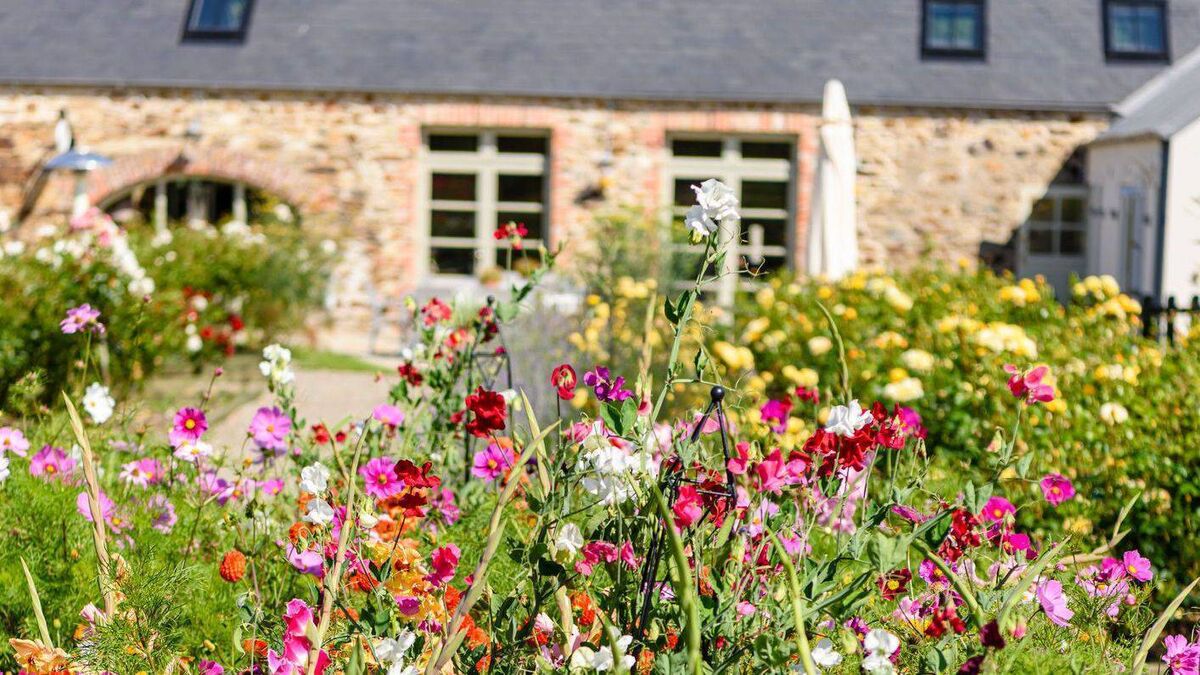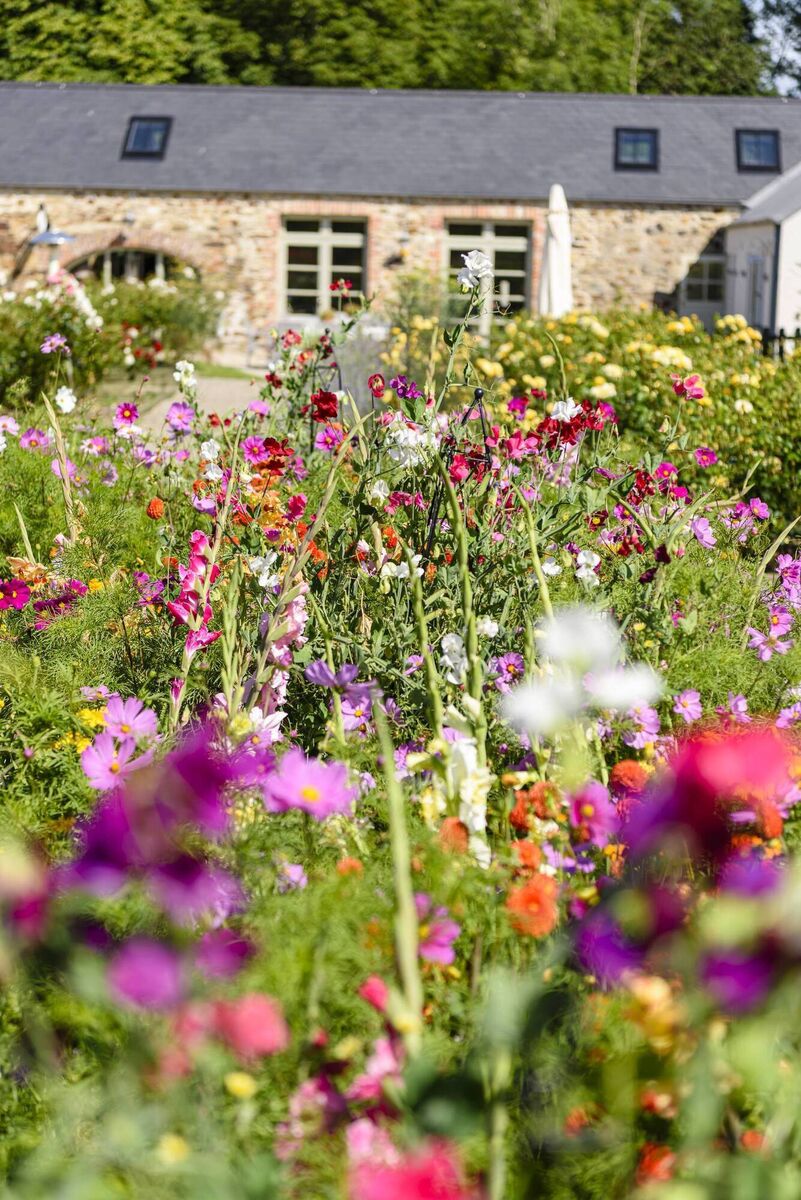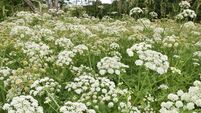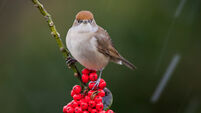Peter Dowdall: The many reasons to love cottage gardens

For Peter Dowdall, the. cottage garden is the quintessential informal garden. File pictures
A cottage garden is a style of garden that originated in England, characterised by informal, romantic, and abundant planting schemes.
When designing any garden, you can decide to create a formal or informal garden. There is no right or wrong way to go at this point as it is a matter of taste and choice. For me, the. cottage garden is the quintessential informal garden.
These types of gardens often evoke a sense of nostalgia and charm, resembling the quaint gardens that have surrounded traditional English cottages for centuries.
If I envisage houses in a sleepy English village, in somewhere like the Cotswolds, I immediately picture, in my mind, stone cottages, clad with climbing roses and a profusion of flowers beneath and all around.
These gardens can be a bit of everything and typically feature a mix of flowers, herbs, and sometimes vegetables, arranged in a seemingly haphazard manner. Seemingly is the important word in that last sentence, as if it was totally haphazard, the garden wouldn’t work, it would just be chaos and not appealing.
There has been a definite swing back to this style of garden in recent years and many plants have come back into vogue from the horticultural wilderness so to speak.
As it is springtime and you may be creating your first garden or perhaps you are giving an existing outdoor space a makeover, you may want to create this cottage style in your garden.

Some of the key features to remember when creating a cottage garden include: informality, abundance, less isn’t more in this case, traditional plants and materials and finally a good mixture of plants, including perennials, annuals, herbs, bulbs and shrubs.
Unlike formal gardens with structured layouts and carefully manicured plants, a cottage garden should create a more relaxed and informal affect.
Imagine plants spilling over pathways, climbing up trellises, and intermingling feely with their neighbours, creating a naturalistic style and nonchalant atmosphere.
If I think of a cottage garden, I think of a profusion of plant life, with flowers packed closely together to create a lush and vibrant mixture of colours and textures. This abundance not only looks great but also attracts pollinators and beneficial insects, contributing to the garden's ecological value.
When it comes to choosing materials for a garden, relevance is vital. In other words, the material needs to suit the style of garden. While a polished porcelain tile may suit a more contemporary style space, perhaps in an urban or suburban area, in a cottage styled garden, it certainly wouldn’t work. You will want to use something more natural and unpolished and more traditional, materials such as rustic wood, weathered stone, and wrought iron will enhance the quaint and nostalgic feel of the garden.
Arbours, pergolas, archways, picket fences, and vintage garden furniture all have a place in this type of garden.
Cottage gardens are designed to provide interest and beauty throughout the seasons. A carefully and well thought out selection of plants that bloom at different times of the year will bring that all-important, continuity of colour to this type of garden.
From early spring bulbs to late summer perennials and plants with good autumn colour and winter stem effect, there's always something in bloom or offering aesthetic appeal in a well-planned cottage garden.

Positioning key plants strategically, in different parts of the garden can help to create focal points and these are what will help to prevent that sense of chaos that can be all to apparent in a poorly though out garden.
One of the hallmarks of a cottage garden is its mixed plantings, where lots of different plants, both edible and purely ornamental, are grown together, nearly stepping on each others toes. This is what helps to create that sense of abundance and also continuity as there is always something going on in every inch.
The richer the mixture, the greater the natural balance and the more diversity that is present in the garden. This can create the effect of mimicking the natural world, leading to a connection between the garden and the greater landscape beyond.
A few plants to keep an eye out for if you are planning such a garden include some of my favourite of all, including roses, lavender, aubrueta, delphiniums, lupins, dianthus and erysimums which will all want a good, well-drained soil in full sun.
Viola, euphorbia, hydrangea, primula and geum will all thrive in a damper soil and with less sunlight though not full shade.
Bulbs such as winter aconites, snowdrops, crocuses, narcissi, tulips and alliums will all be right at home in a cottage garden and will provide colour from January right through to June.
Finally, don’t forget about using differing textures in your planting scheme. Ornamental grasses such as Carex testacea, Stipa ponytails and Stipa gigantea along with ferns and foliage plants such as hostas and heucheras will all add the ever-important extra nuance to the space.

Got a gardening question for Peter Dowdall? Email gardenquestions@examiner.ie











